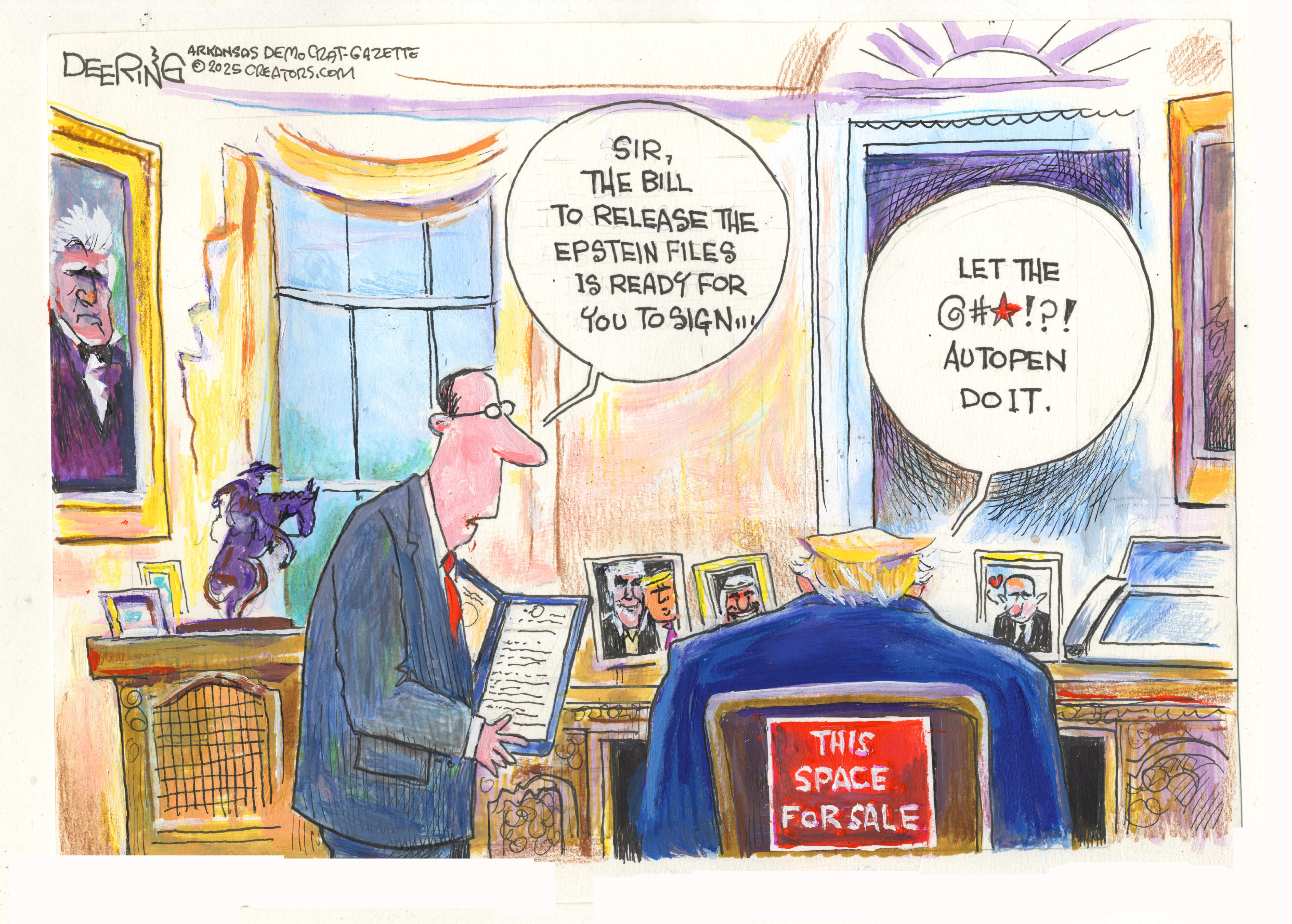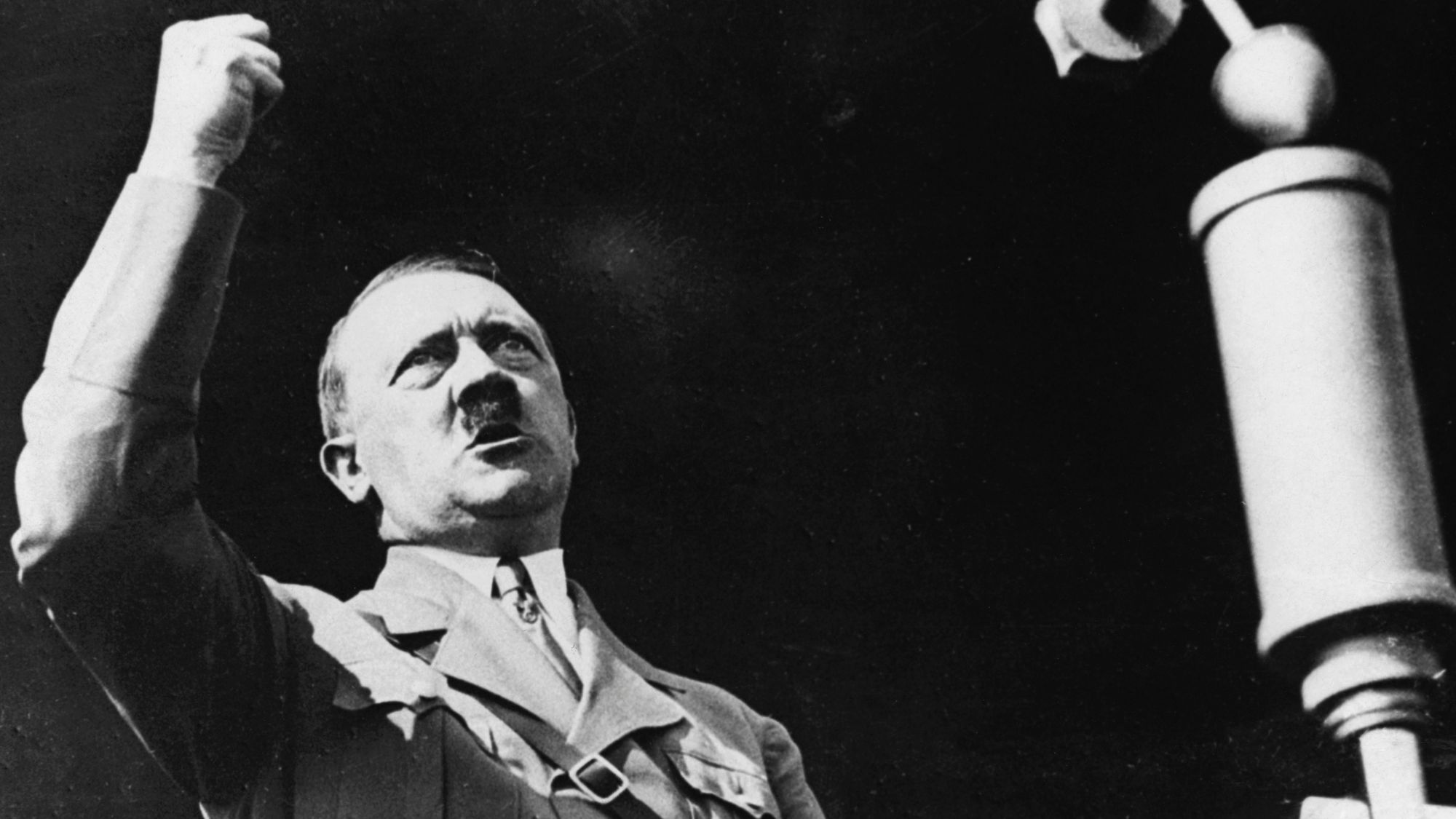Exhibit of the week: Modern Life: Edward Hopper and His Time
The Whitney's show traces Hopper's development by pairing his works with those of his early-20th-century peers.
Whitney Museum of American Art
New York
Through April 10
The Week
Escape your echo chamber. Get the facts behind the news, plus analysis from multiple perspectives.

Sign up for The Week's Free Newsletters
From our morning news briefing to a weekly Good News Newsletter, get the best of The Week delivered directly to your inbox.
From our morning news briefing to a weekly Good News Newsletter, get the best of The Week delivered directly to your inbox.
Edward Hopper in no way deserves his rap as “a middlebrow peddler of noirish mood pieces,” said Ariella Budick in the Financial Times online. So argues the Whitney’s “superb, intelligent” show, which traces the painter’s development by pairing his works with those of his early-20th-century peers. Together with the Ashcan artists he’s sometimes grouped with, Hopper learned in the first decade of the 20th century to “transform everyday events into lively, appealing tableaux.” Later, his “fascination with the expressive power” of urban architecture aligned him with such so-called precisionists as Charles Sheeler and Joseph Stella. But the juxtaposition of works is telling. Whereas Sheeler’s paintings of factories were awe-struck odes to the nation’s promising future, Hopper “sought to forge something deep out of the urban clatter, something psychologically and formally complex.”
Don’t let the schmaltzy veneer fool you, said Mark Stevens in New York. Granted, Hopper produced more than enough gauzy, “cozy old-movie” imagery—lonely women, shadowy soda fountains, “spooky-quaint houses”—to satisfy even the most conservative tastes. But the guy was more than some “melancholy Norman Rockwell”; he was instead “a great American pessimist,” able to look head-on at the everyday loneliness of people around him without romanticizing their isolation. An artist today with similar interests would muddle the message by letting irony creep in. Hopper’s “radically silent” paintings don’t push a point or offer commentary. But they have an unyielding quality that “can stop you, set you back, make you pause”—in a way that we’d usually rather avoid.
The work’s “supernal stillness” can actually be maddening, said Roberta Smith in The New York Times. So too can the deliberate omission of detail: “Hopper’s art rarely feels on target or settled. He tends to avoid the reassuring rightness we expect from painting’s greats.” Then again, that’s how he gets you. “Rather than hit you between the eyes, his work tends to sneak around behind. One moment you’re distracted and a little resentful; the next, you’re hooked.” Seen in the context of his contemporaries, the genius of his particular brand of “strangely unreal realism” comes through in vivid relief, “proving once more that nothing illuminates an artist’s work like something by a different artist.”
A free daily email with the biggest news stories of the day – and the best features from TheWeek.com
-
 Political cartoons for November 22
Political cartoons for November 22Cartoons Saturday’s political cartoons include Trump's autopen, war for oil rebranded, and more
-
 Hitler: what can we learn from his DNA?
Hitler: what can we learn from his DNA?Talking Point Hitler’s DNA: Blueprint of a Dictator is the latest documentary to posthumously diagnose the dictator
-
 Government shutdown: why the Democrats ‘caved’
Government shutdown: why the Democrats ‘caved’In the Spotlight The recent stalemate in Congress could soon be ‘overshadowed by more enduring public perceptions’